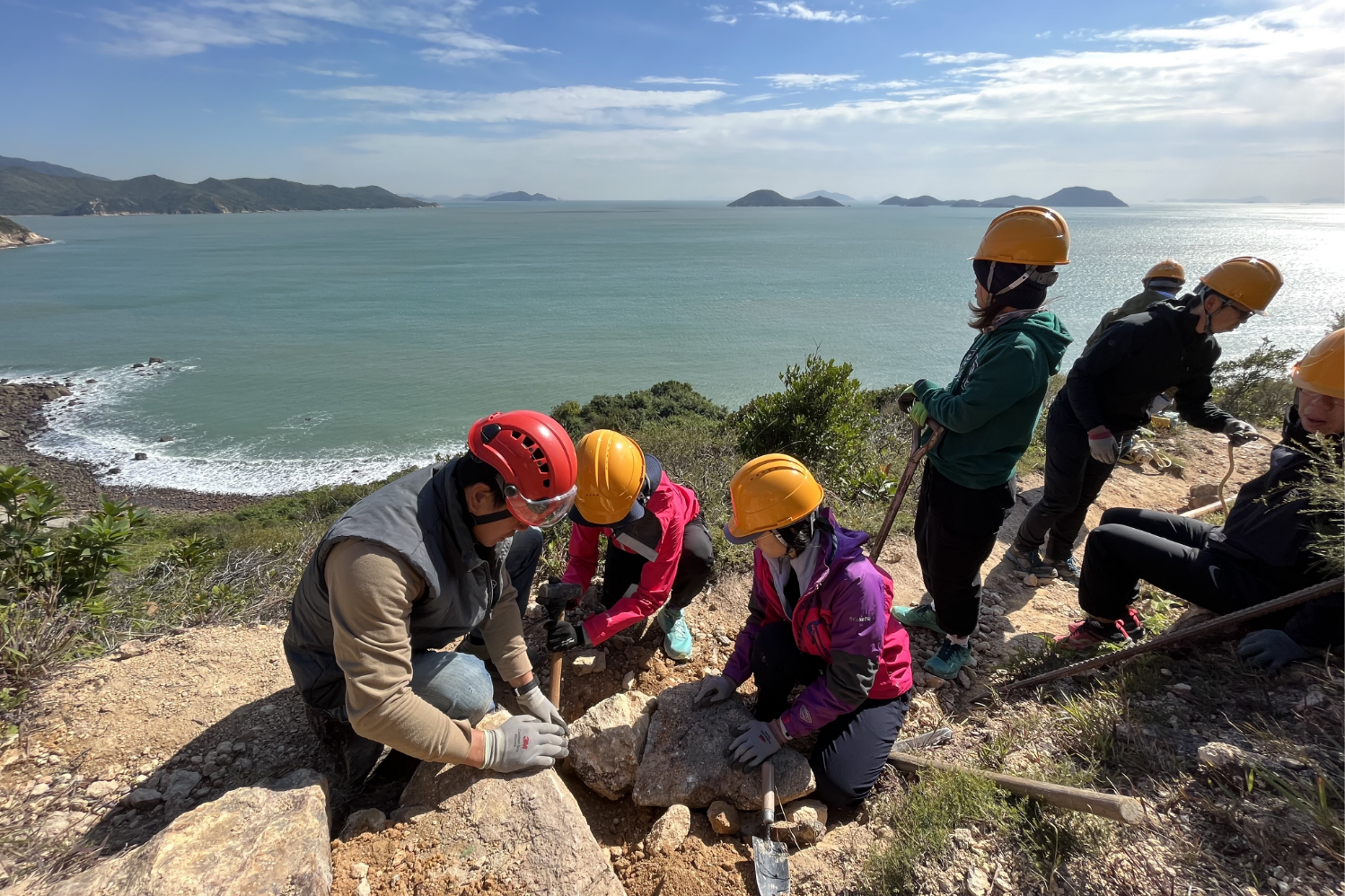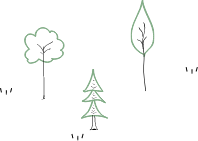
“Handcrafted Trail is both a noun and a verb.”
– Handcrafted Trail — A Two-Way Healing Experience for People and Nature
The Name of Handcrafted Trail
As the name suggests, a handcrafted trail is a handmade trail. This environmentally sustainable approach to trail building involves using locally sourced materials and adapting to local conditions, while respecting the laws of nature to meet the needs and challenges of trail use.
A successful handcrafted trail requires a combination of respect for the natural environment, ecological knowledge and craftsmanship. The highest standard is the principle of “making it look as if nothing has happened”, meaning that the trail blends seamlessly into the natural environment. This approach not only addresses existing problems, but also preserves the landscape in its most natural state.







